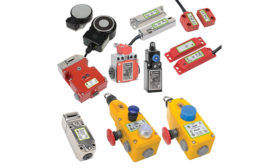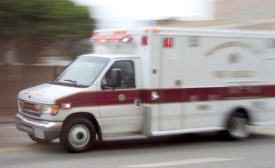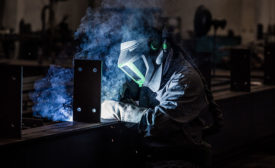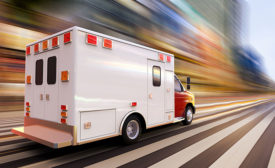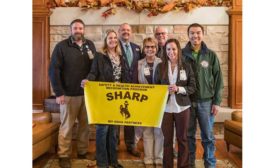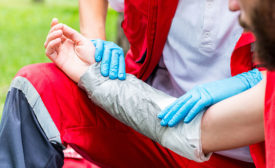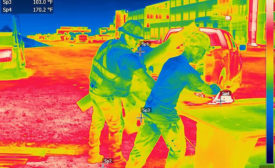Featured on Home Page
Innovative respiratory protection protects welders like never before
You’ve come a long way, baby
April 24, 2019
Knockin’ on heaven’s door
It’s a sound no one wants to hear in safety – to the harm of protecting workers
April 23, 2019
Wyoming nursing facility scores a zero – in a good way
Hospice partnered with state’s OSHA Consultation program to improve workplace health and safety
April 22, 2019
Fast first aid treatment depends on knowing injury cause, severity
Cooling the burn
April 22, 2019
High temperatures stress the body and require cooling off practices
Heating up & cooling down
April 19, 2019
Creating the right climate for safety
Leaders need to show their competency, and their caring for co-workers
April 18, 2019
Become a Leader in Safety Culture
Build your knowledge with ISHN, covering key safety, health and industrial hygiene news, products, and trends.
JOIN TODAYCopyright ©2025. All Rights Reserved BNP Media.
Design, CMS, Hosting & Web Development :: ePublishing
